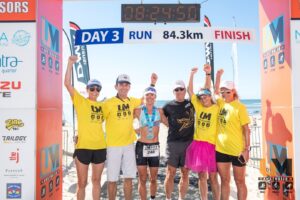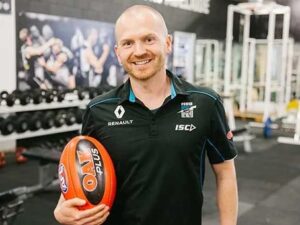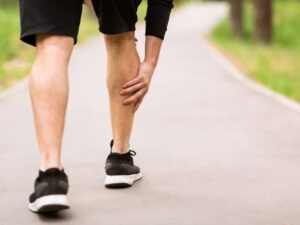
Dr Annette Eastwood, Sports Physiologist and Ultra-endurance athlete!
Our Sports Physiologist Dr Annette Eastwood has worked with hundreds of elite and Olympic athletes, but she is also an ultra endurance triathlete who recently competed at Ultraman Australia. CAPE CEO Dr. James Waldie recently caught up with Annette to discuss how CAPE compression garments have assisted her with her training and racing over the last few months. JW: Firstly what is Ultraman Triathlon? AE: Ultraman is a 3 day triathlon comprised of a 10km swim, 420km bike and 84km run. It is broken up over the three days (Day 1 – 10km swim and 145km bike, Day 2 –















